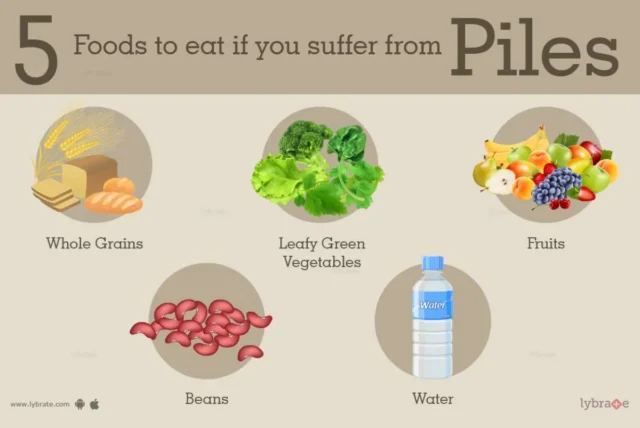Constipation is one of the most frequent health issues worldwide. According to studies, 22% of the Indian population suffers from constipation, with 13% suffering from severe constipation, with individuals in cities being the most afflicted. If this problem is left untreated for a long time, increasing pressure in the lower rectum during bowel movements can cause veins to bulge. These are known as hemorrhoids or piles, and they can be excruciatingly painful.
Bowel motions differ from one individual to the next. We usually define constipation as less than three evacuations each week. Constipation can also cause dry and hard stools, painful evacuations, difficulties passing stools, bloating and nausea, stomach cramps, loss of appetite, recurring infections, and the sensation of incomplete emptying after an evacuation. A typical frequency ranges from three movements per week to three per day, after which one feels refreshed and has no need to go to the bathroom again.
Evacuation is a complicated, multi-step physiological event. The presence of stools in the rectum is detected by sensory receptors, which transmit signals to the brain. The brain responds by sending impulses to the large intestine, causing it to contract and push the faeces into the rectum. Simultaneously, the individual contracts his abdominal muscles to raise abdominal pressure, while the muscles surrounding the anal canal (sphincters) relax. This causes stools to flow via the anus. Failure to complete any of these stages results in a chaotic evacuation.
Going to the bathroom again after an act of evacuation is deemed irregular. This is because leftover stools in the rectum convey messages to the brain indicating that the person should evacuate. Our bathroom habits are influenced by a variety of circumstances. Some of the most common reasons for constipation are old age, which restricts activity, insufficient consumption of solid meals owing to tooth loss, loss of appetite, and so on.







